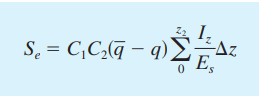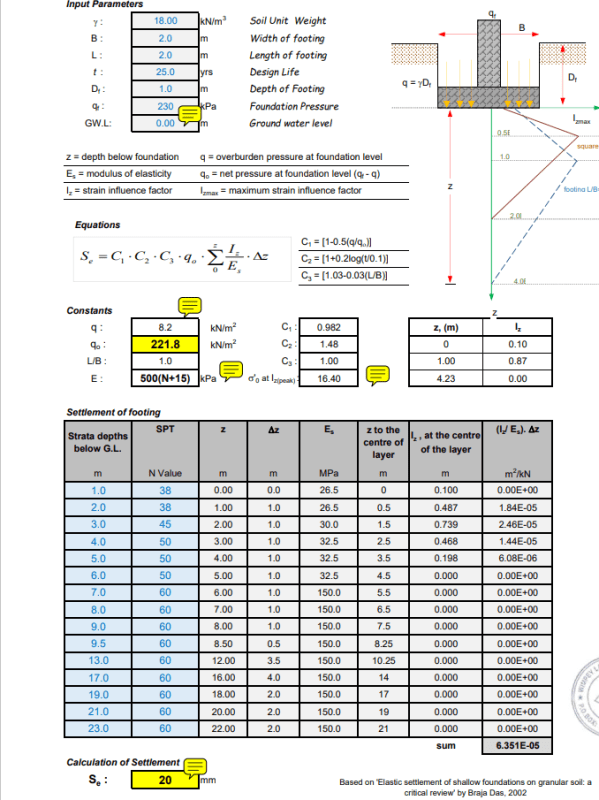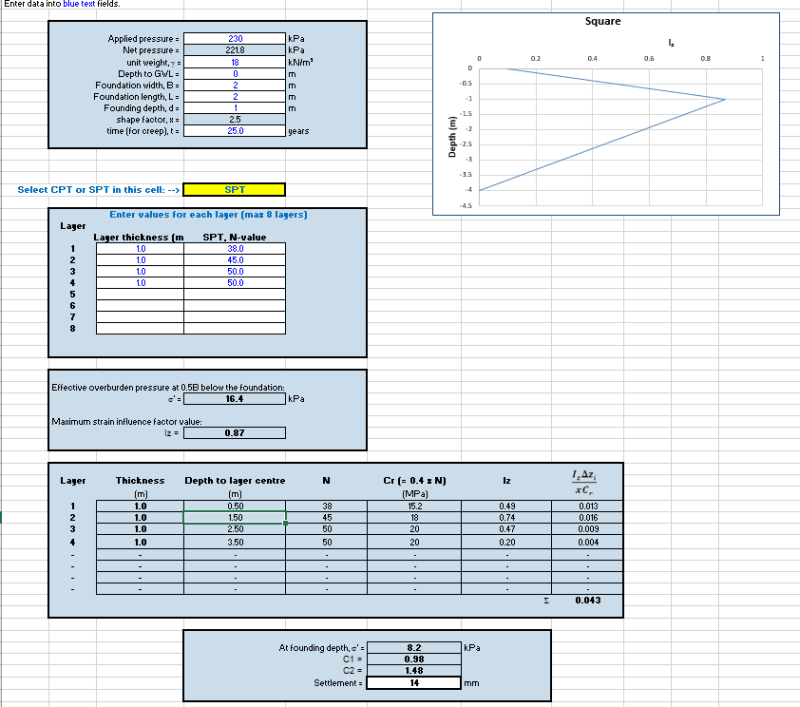sworddark90
Civil/Environmental
Greetings all , I am having a confusion in regards to which equation is more accurate for settlement calculations for granular soils.
 - Smith's Elements of Soil Mechanics ,
- Smith's Elements of Soil Mechanics ,
 - Principles of Foundation Engineering Braja M.Das . I have conducted a comparison using both methods , here are my results for a square shallow foundation:
- Principles of Foundation Engineering Braja M.Das . I have conducted a comparison using both methods , here are my results for a square shallow foundation:
 Using equation listed in Principles of Foundation Engineering Braja M.Das
Using equation listed in Principles of Foundation Engineering Braja M.Das
 Using equation listed in Smith's Elements of Soil Mechanics
Using equation listed in Smith's Elements of Soil Mechanics





![[bigsmile] [bigsmile] [bigsmile]](/data/assets/smilies/bigsmile.gif)